I received nice gift from fellow hacker yesterday - my nice, shiny, homemade PCB. Double sided PCB, with no soldermask, but I can live without it.
I didn't enjoy it very long, as I had a lot of work to do.
Soldering QFN AVR
It is not that hard as it may look, even without professional tools. I took the AVR and bit of flux
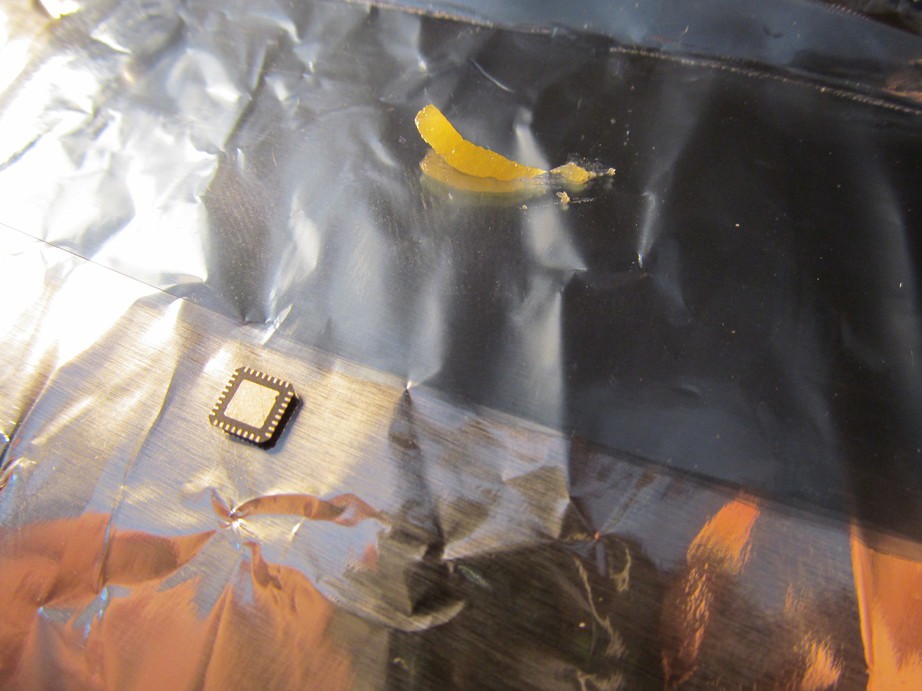
and solderer the pads. Notice the difference between soldered AVR (left) and virgin one (right).
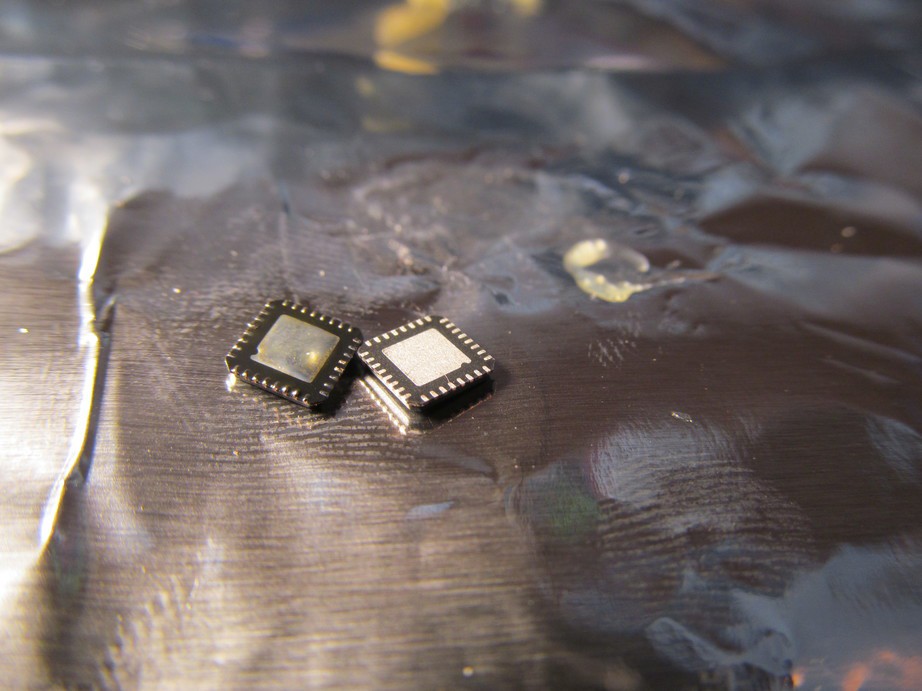
I soldered the PCB as well
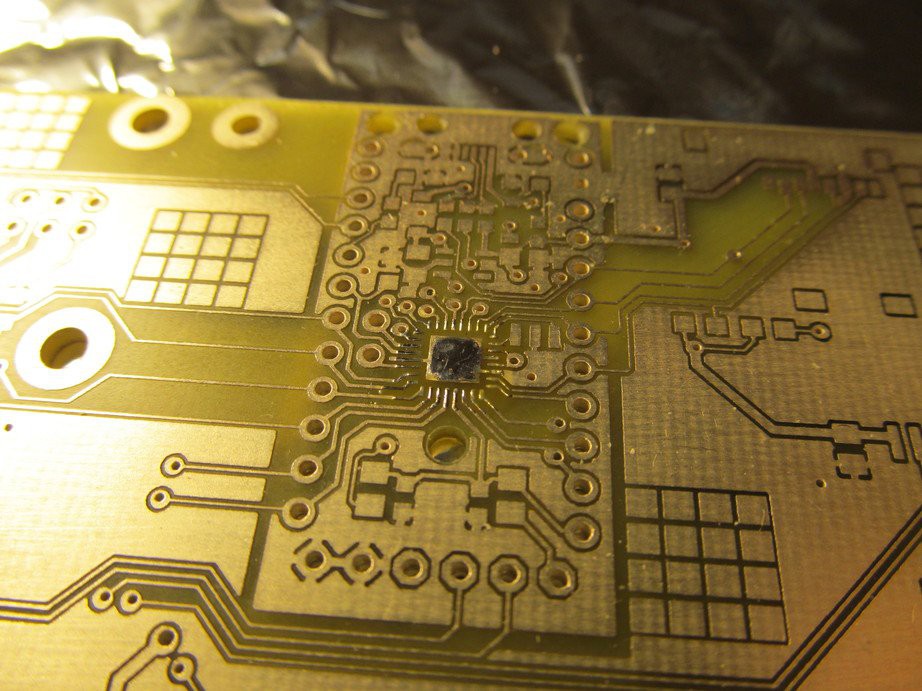
applied more flux to PCB and placed the chip on it.
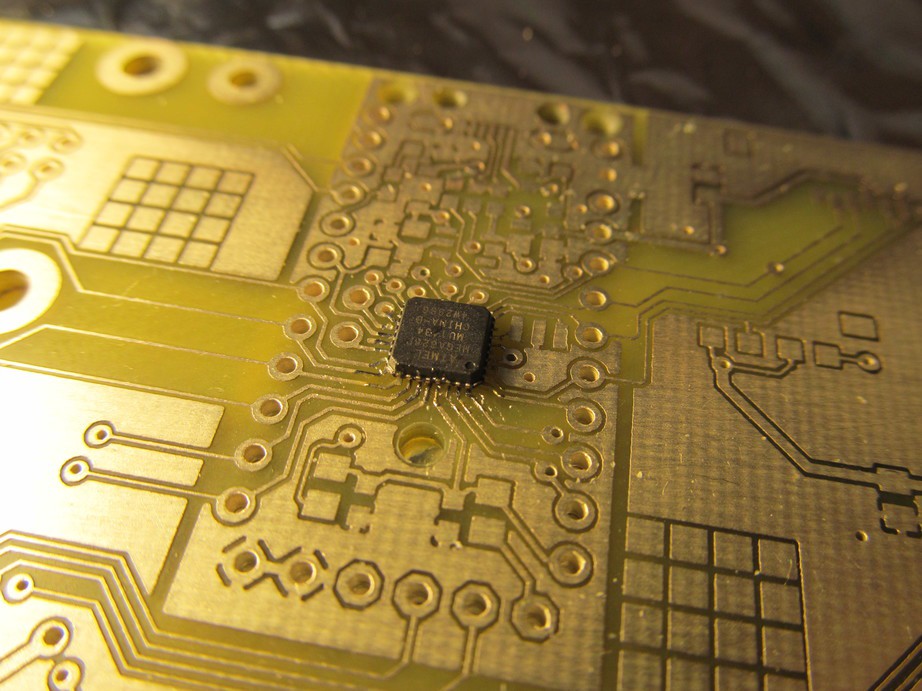
reflowed with hot-air gun and here we go:
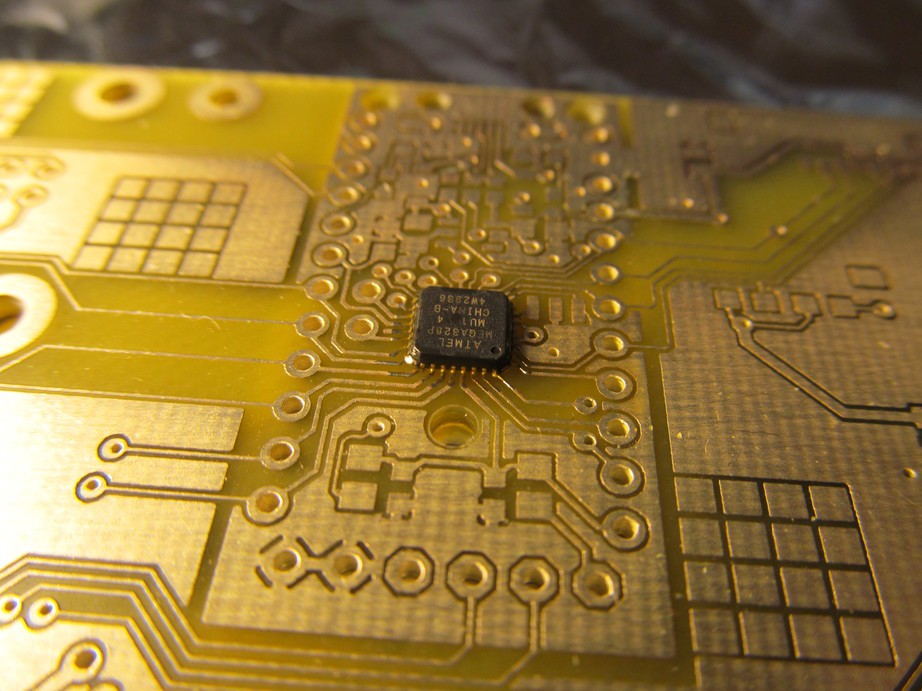
Nicely soldered QFN chip, using those crude tools (homemade soldering iron on left, cheap chinese hot-air gun on right)
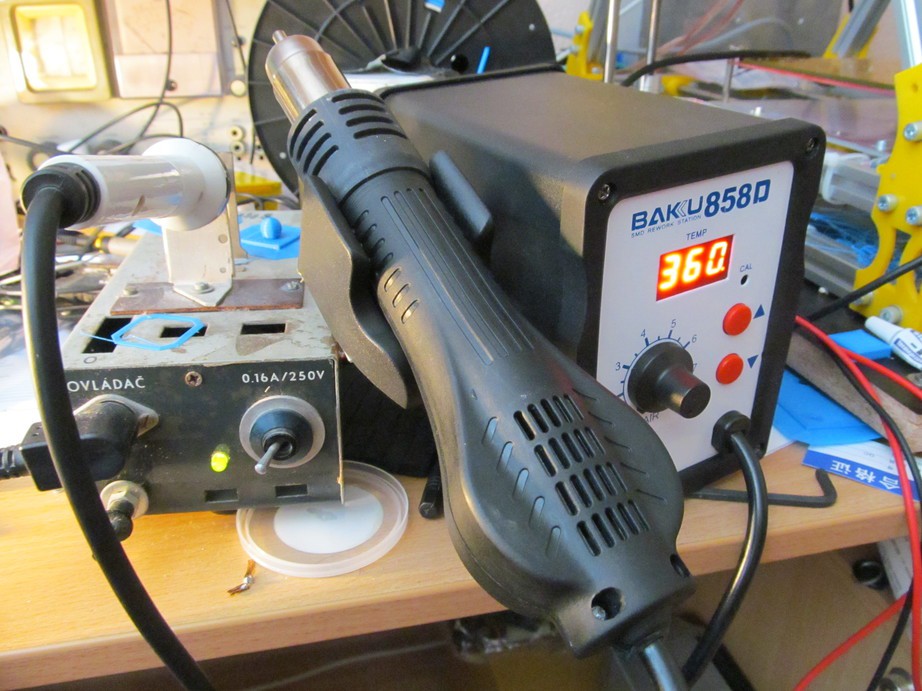
I repeated the same process for 12MHz resonator
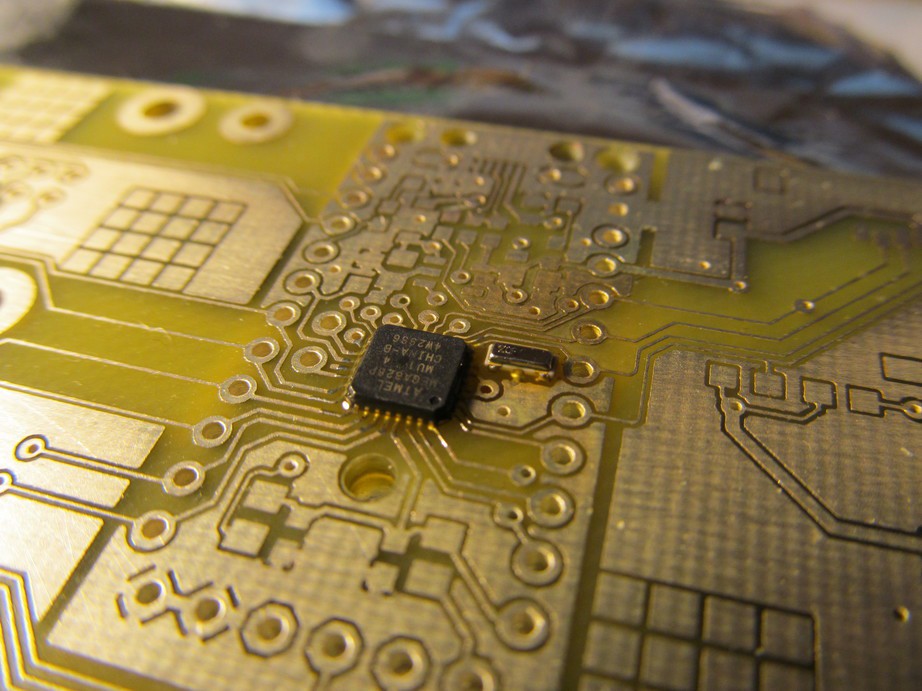
Then I took DMM and checked if the pads are correctly soldered. I checked the internal protection diodes on IO pins on diode check against ground
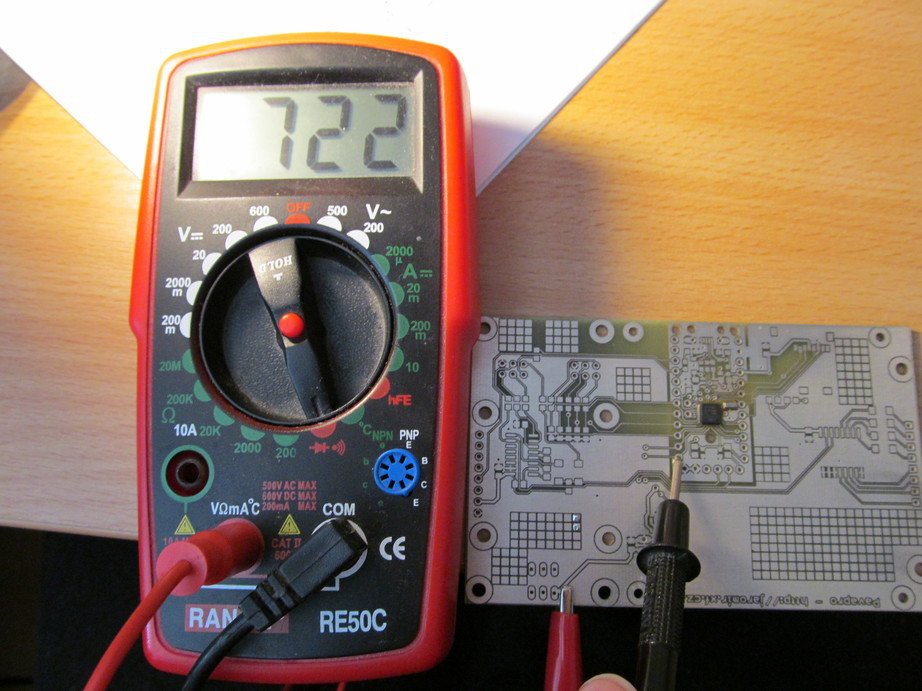
I soldered the other trinket pro components and made smoke test:
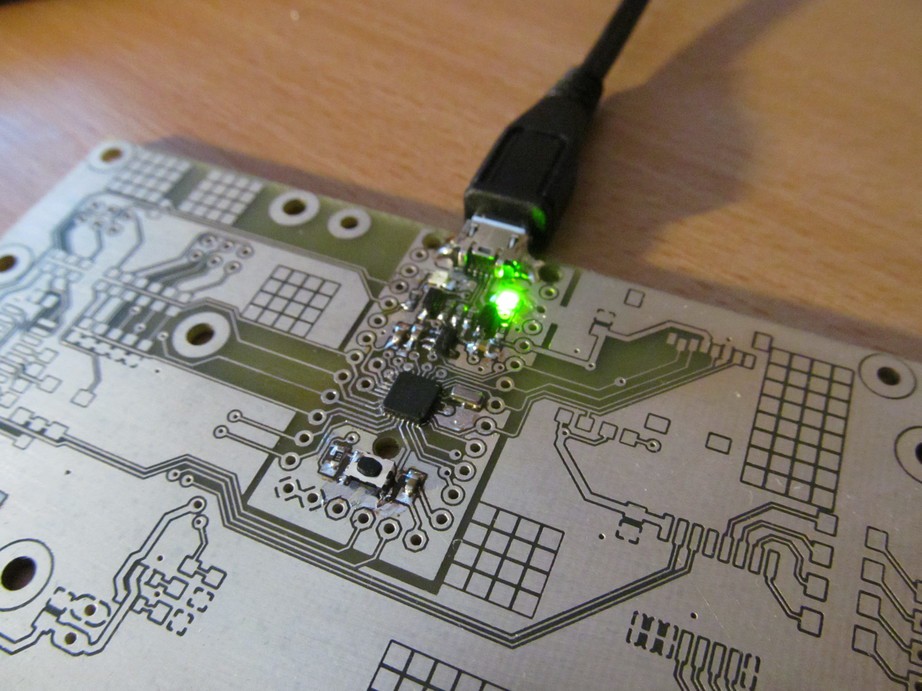
As I populated other components, I noticed I forgot to add pull-ups on I2C bus. D'oh! I greenwired (literally) the pull-up resistors and made the use for "breadboard" areas I included on the PCB.
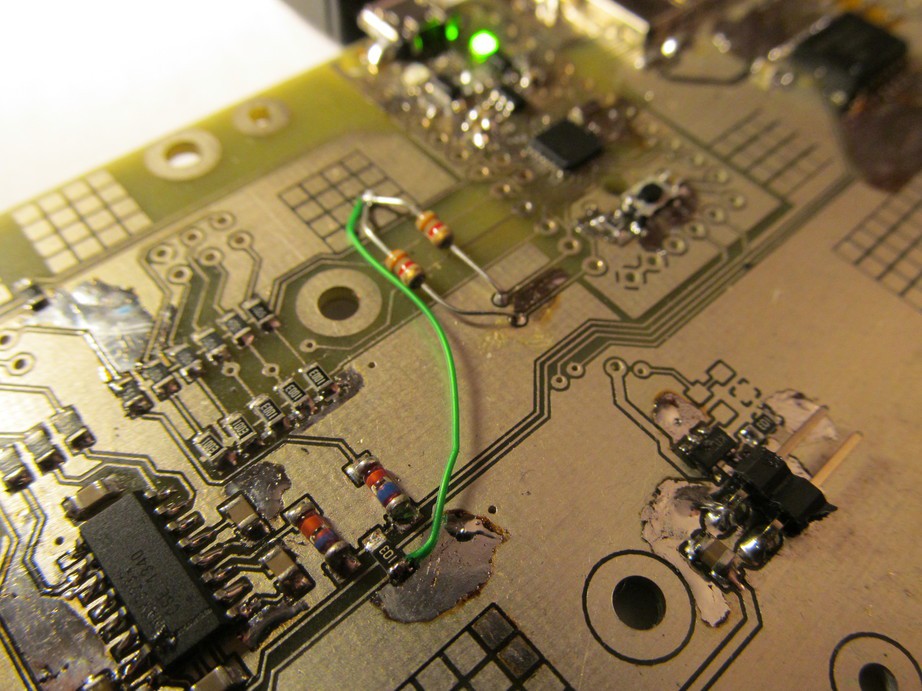
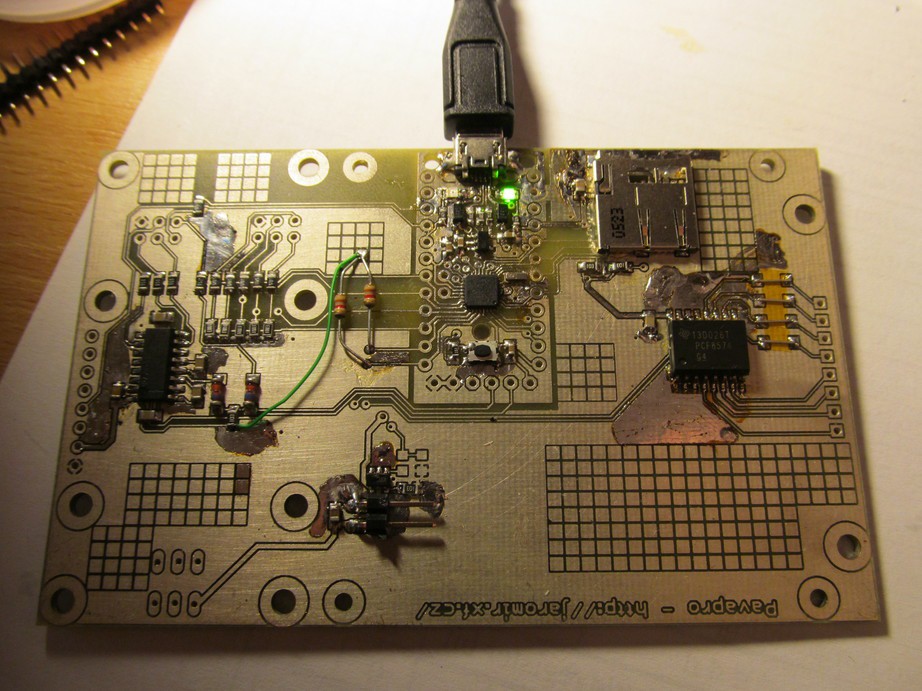
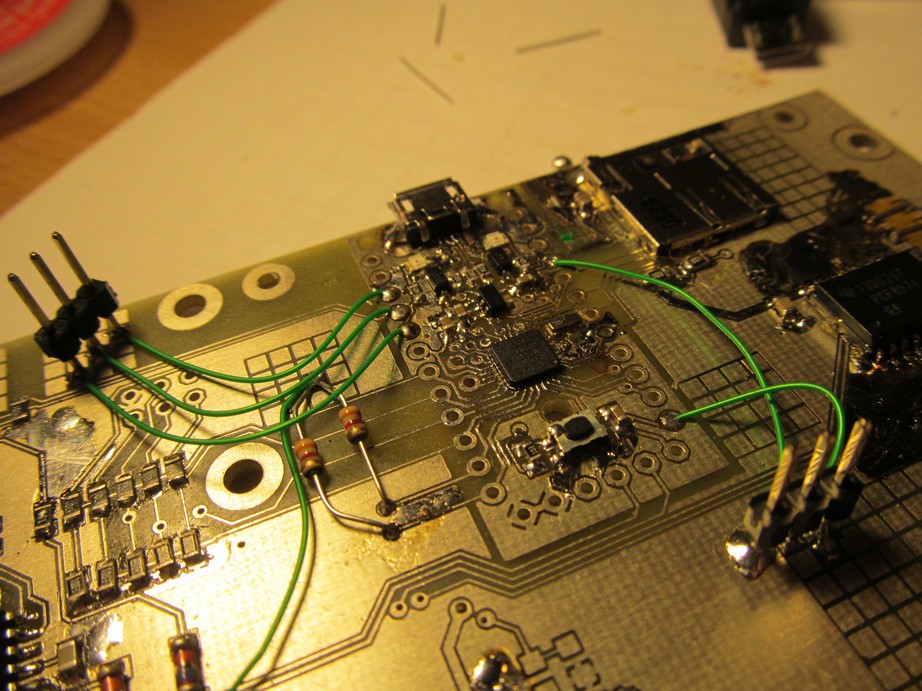 I flashed the bootloader (for testing purposes, I took another arduino, flashed arduino ISP sketch and with a little help of avrdude I flashed the bootloader in.
I flashed the bootloader (for testing purposes, I took another arduino, flashed arduino ISP sketch and with a little help of avrdude I flashed the bootloader in.
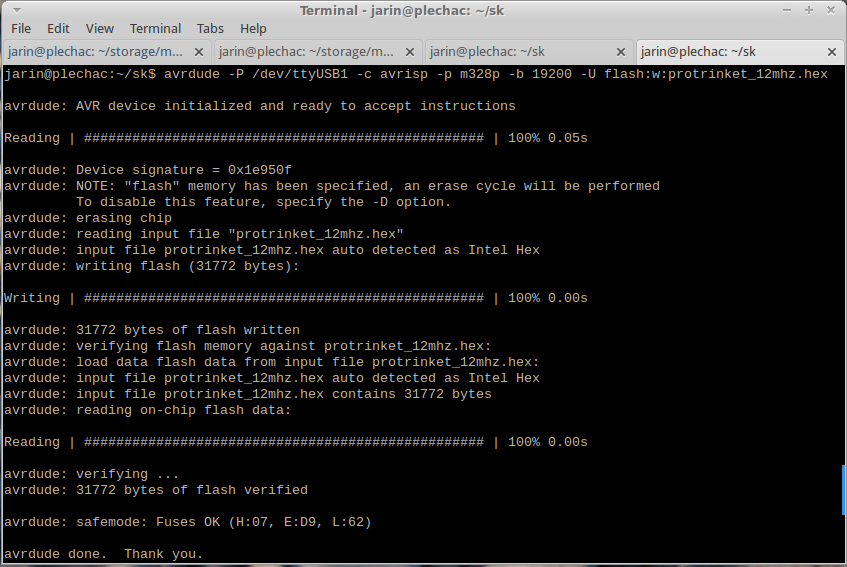

Whoo-hoo!
Using the manual from adafruit I set up the arduino IDE for trinket pro and flashed blinky example

Awesome! it works!
Now I'm going to port the software from my protoboard version of pavapro
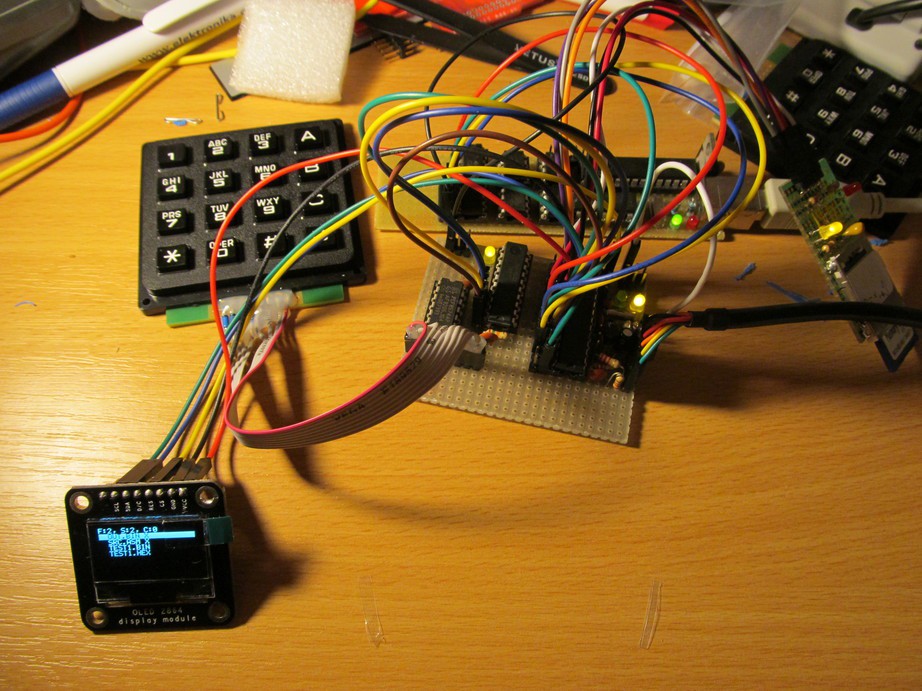
 jaromir.sukuba
jaromir.sukuba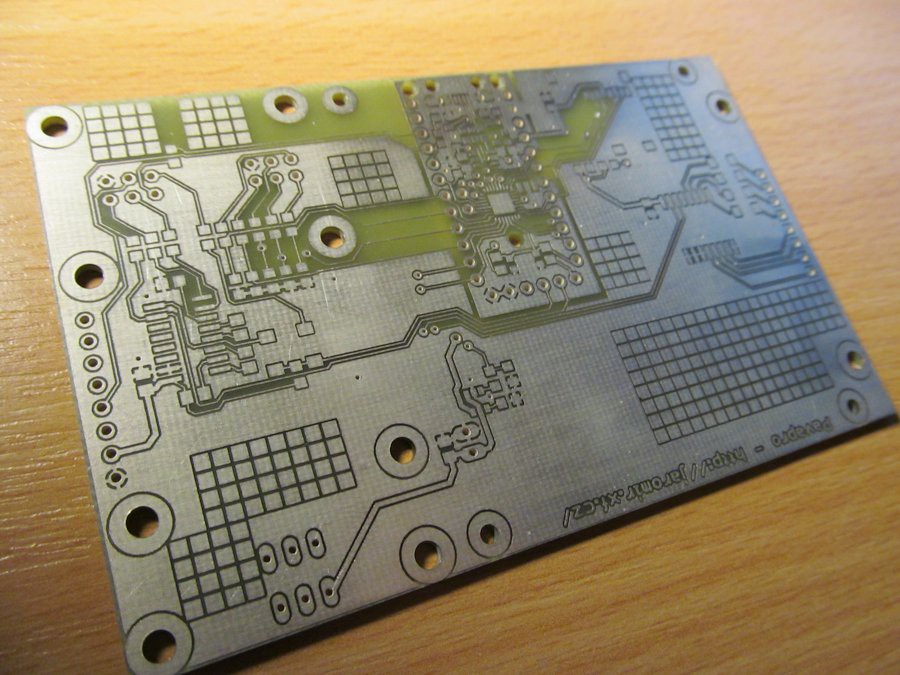
Discussions
Become a Hackaday.io Member
Create an account to leave a comment. Already have an account? Log In.